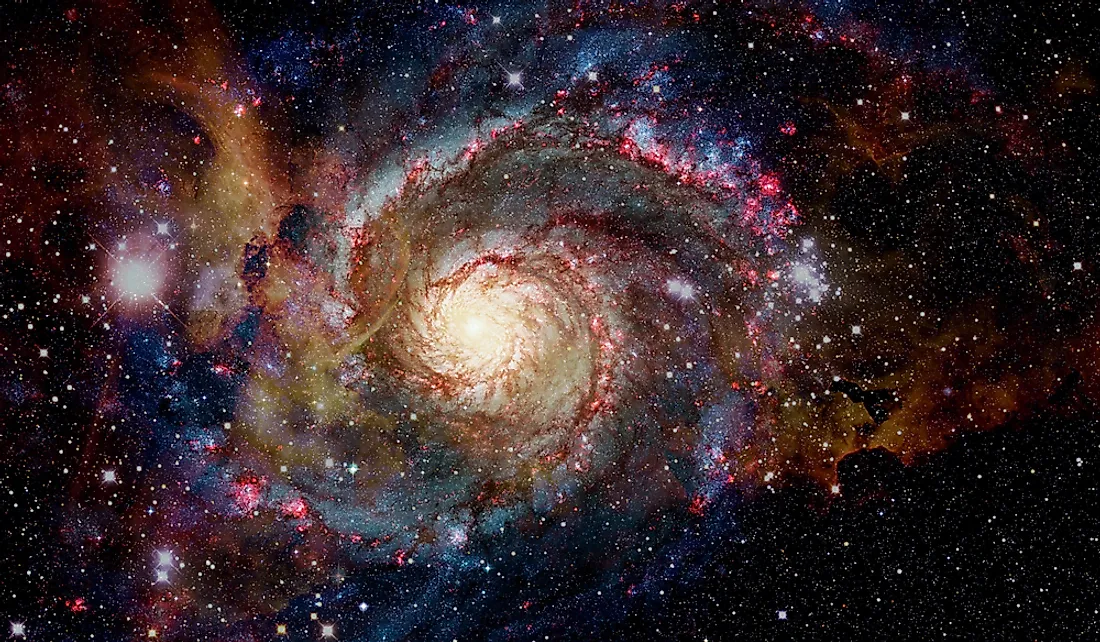What Is The Farthest Thing We Can See In Space?

The universe is enormously vast, and while this does not mean that the entire universe can now be observed, advancement in technology has allowed scientists to study not only the neighboring celestial bodies but even those much farther away. With the aid of space telescopes such as NASA’s Hubble and the Spitzer, scientists have been able to observe objects in the cosmic abyss of the observable universe. As technology improves, among other factors, scientists can observe deep into the universe, meaning that the farthest objects observed in the currently observable universe are only placeholders. Currently, the farthest object in the observable cosmos is a galaxy known as GN-z11 which is approximately 32 billion light-years away. It was discovered in 2016.
Discovery
The galaxy GN-z11 was discovered by a team of researchers analyzing data obtained by the Hubble telescope and Spitzer Space telescope which observes infrared light. These telescopes work with the help of a natural cosmic zoom lens, which is a group of galaxies that emit a collective gravity which bends space-time to form a gravitational lens. The light emitted by the galaxy in question is magnified as it travels towards the earth. It is this magnification that makes the observation of such distant objects possible. The findings are then fine-tuned by using spectroscopy, which is the separation of light into its constituent colors, to definitely establish the distance of the object. In the case of galaxy GN-z11, the scientists utilized Hubble’s Wide Field Camera 3 to determine the shift in the spectrum towards longer wavelengths, known as redshift. The findings disclosed that the galaxy was even farther away than initially estimated and was indeed closer to the observational limit of the Hubble Telescope. The name of the galaxy GN-z11 is derived from its spectroscopic redshift which is measured at z = 11.09 and its situation in the GOODS-North field of galaxies (GN). The age of the galaxy GN-z11 is calculated to be 13.4 billion light years meaning that any observations made now are seen as they were 13.4 billion years ago. This distance is relatively close to the age of our galaxy, as the Big Bang had occurred only 400 million years before.
Other Distant Objects
Before the discovery of the galaxy GN-z11, the most distant galaxy observed was EGSY8p7, which has a spectroscopic redshift of z= 8.68 and it is 13.2 billion light-years away. The second farthest confirmed galaxy presently is the MACS1149-JD1 which is 13.26 billion light years away and has a spectroscopic redshift of z= 9.11. Coming in third as the farthest confirmed galaxy at present is the EGSY8p7 galaxy. The farthest human-made object in space is the space-probe Voyager 1 which is at 145 AU or 13.5 billion miles and similar to 0.23% of a light year. The probe was launched in September 1977 and has completed its primary objectives of flying by other planets in our solar system including Jupiter and Saturn, as well as Titan, the largest moon orbiting Saturn. After sending detailed images of the planets, their rings and their moons, the probe achieved the terminal velocity required to leave our solar system. The Voyager 1’s journey is set to continue until 2025 or thereabouts when its generators will be unable to supply power.











